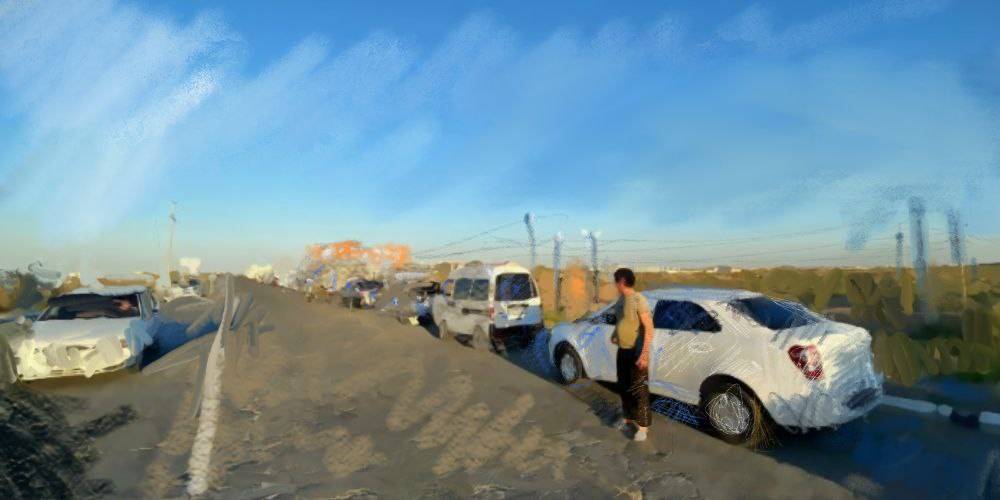Turkmenistan’s Unexplained Shortage of Gasoline
For months now, areas in eastern Turkmenistan have been facing a severe gasoline shortage. The lack of fuel at the pumps is having a knock-on effect that is raising food prices and shutting down public transportation. Turkmen officials have not acknowledged there is any problem, so the people of the affected regions have no idea why this happening or for how long this situation will continue. Gasoline shortages are not new to Turkmenistan. They have been occurring sporadically in recent years, usually during in late summer when harvesting of crops starts. This latest deficit is unprecedented for Turkmenistan in its duration and severity. Long lines and purchase limits By late June, there reports from Lebap and Mary provinces about lines of cars of waiting at petrol stations. Often there was not enough gasoline for everyone. By mid-July, filling stations in at least five districts and several of the big cities in Lebap Province were often completely out of higher-grade gasoline – A92 and A95. Before the end of July, Lebap authorities imposed a 10-liter limit per customer, per day on gasoline purchases. At the start of July there were areas in the northeastern Dashoguz Province that were totally without gasoline, even the cheapest and most environmentally harmful A-80 grade (which is banned in many countries, including Kyrgyzstan and Tajikistan) was unavailable. In Mary Province, A-92 and A-95 gasoline ran out in July and by early August authorities had limited purchases of A-80 to 20 liters per customer, and even that was unavailable in many areas of the province. In October, Radio Free Europe’s Turkmen service, known locally as Azatlyk, posted a video of a line of vehicles some three kilometers long outside one of the few filling stations operating along the Turkmenabad-Mary highway. Azatlyk’s sources in the region said there were similar lines at filling stations throughout the province and in the provincial capital Turkmenabad. Some people are reportedly arriving at filling stations at 4am to get a place in line as close to the pumps as possible when the stations open. In Mary Province, some car owners said they were phoning family members to bring them food and water while they waited in line. Prices going up at the pumps and other areas Turkmenistan has some of the least expensive gasoline in the world with an average of $0.428 per liter, roughly a third of the world average of $1.30 per liter. The official rate of Turkmenistan’s national currency, the manat, is 3.5 to $1. The state regulated cost of one liter of gasoline is 1.15 manat for A-80, 1.35 for A-92, 1.5 for A-95, and 1 manat for diesel. There have been incidents where filling station employees have been illegally selling gasoline at 5-6 manat per liter to those who can afford it. The shortage is having an effect on public transportation. Most buses are assigned to bringing people to and from the cotton fields once harvest starts toward the end of August or...

